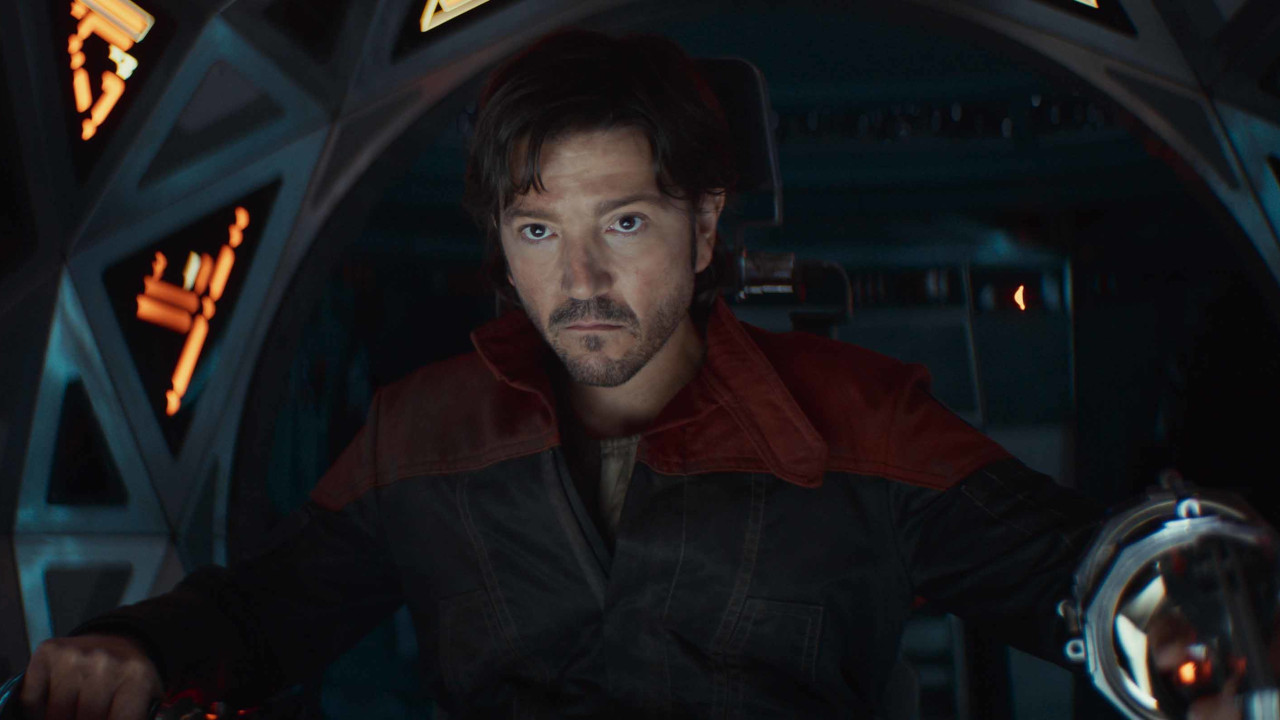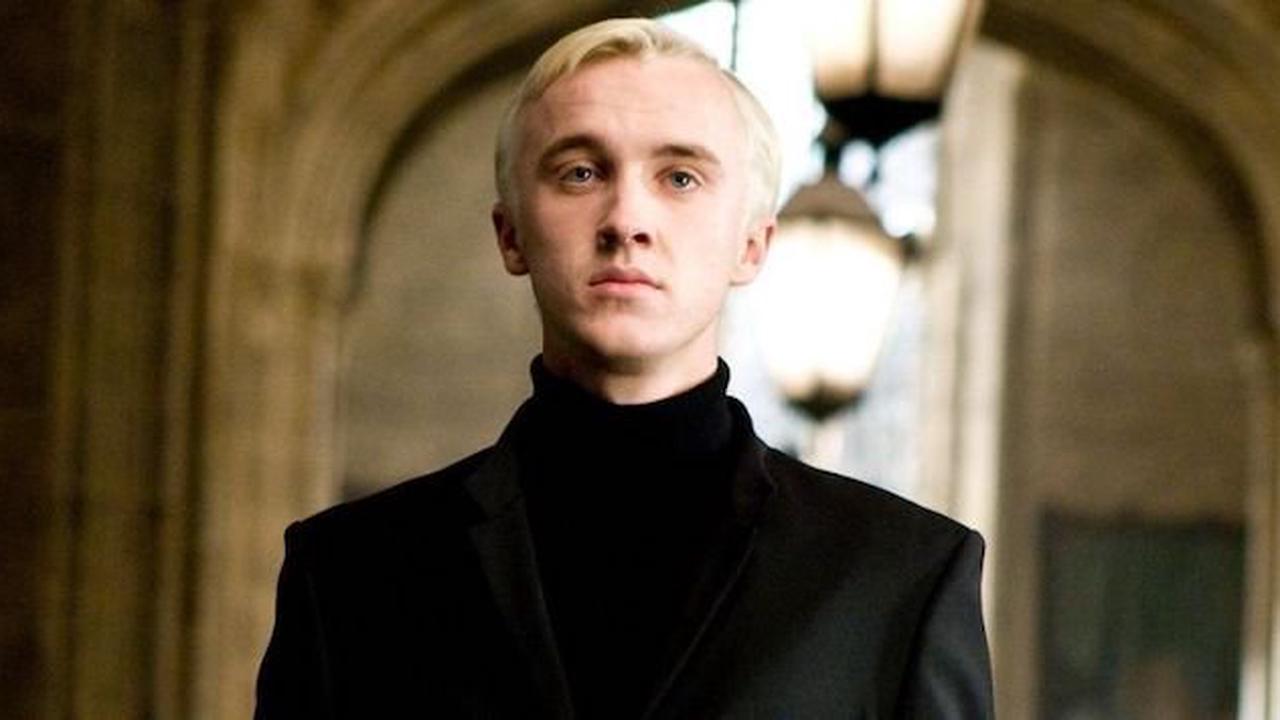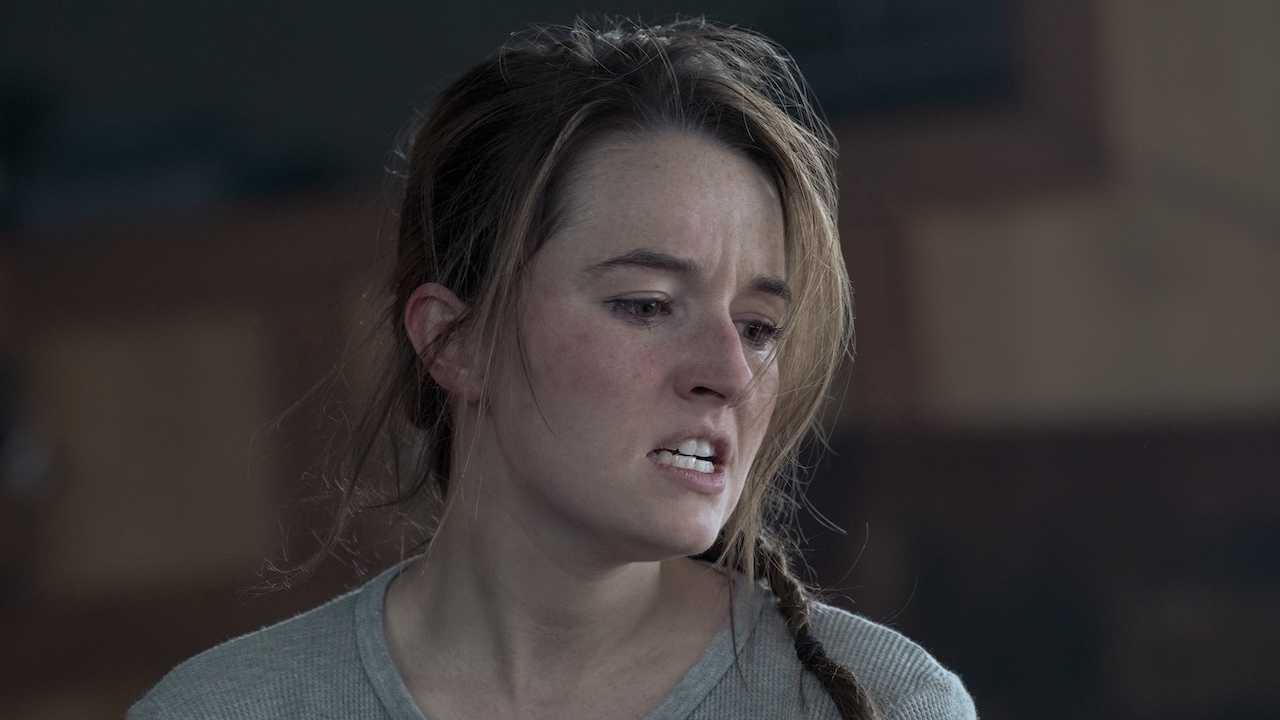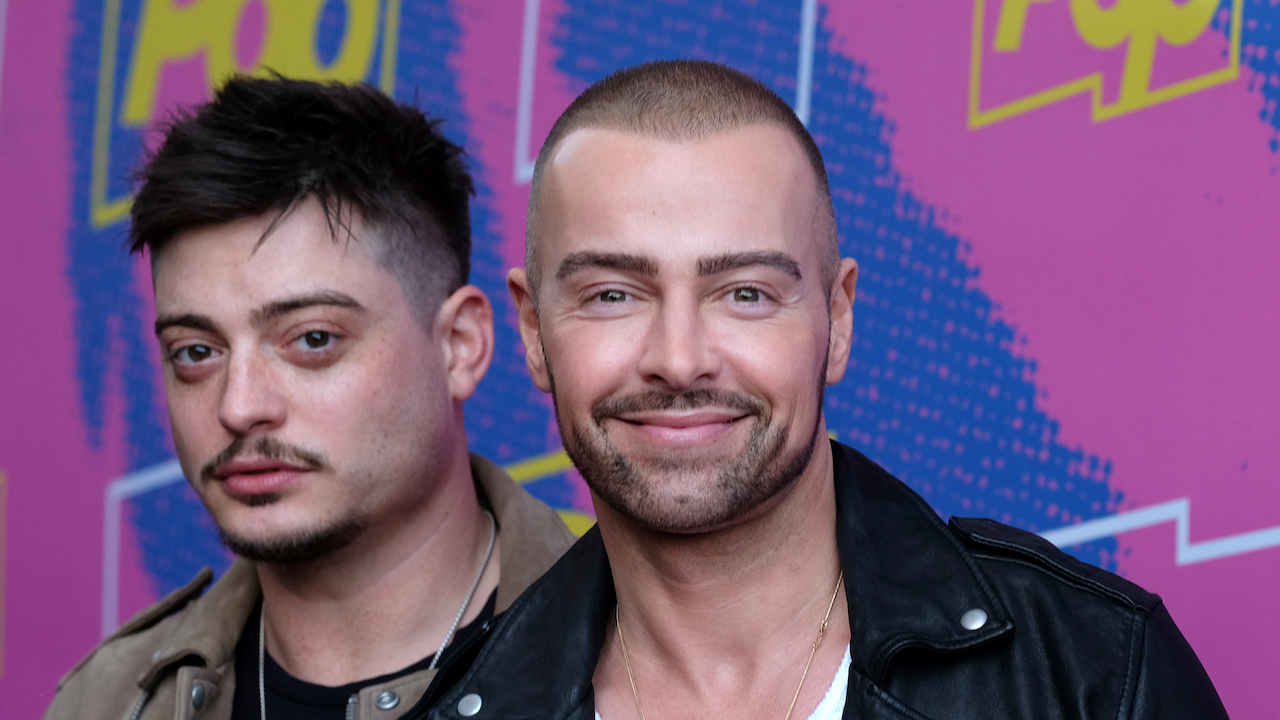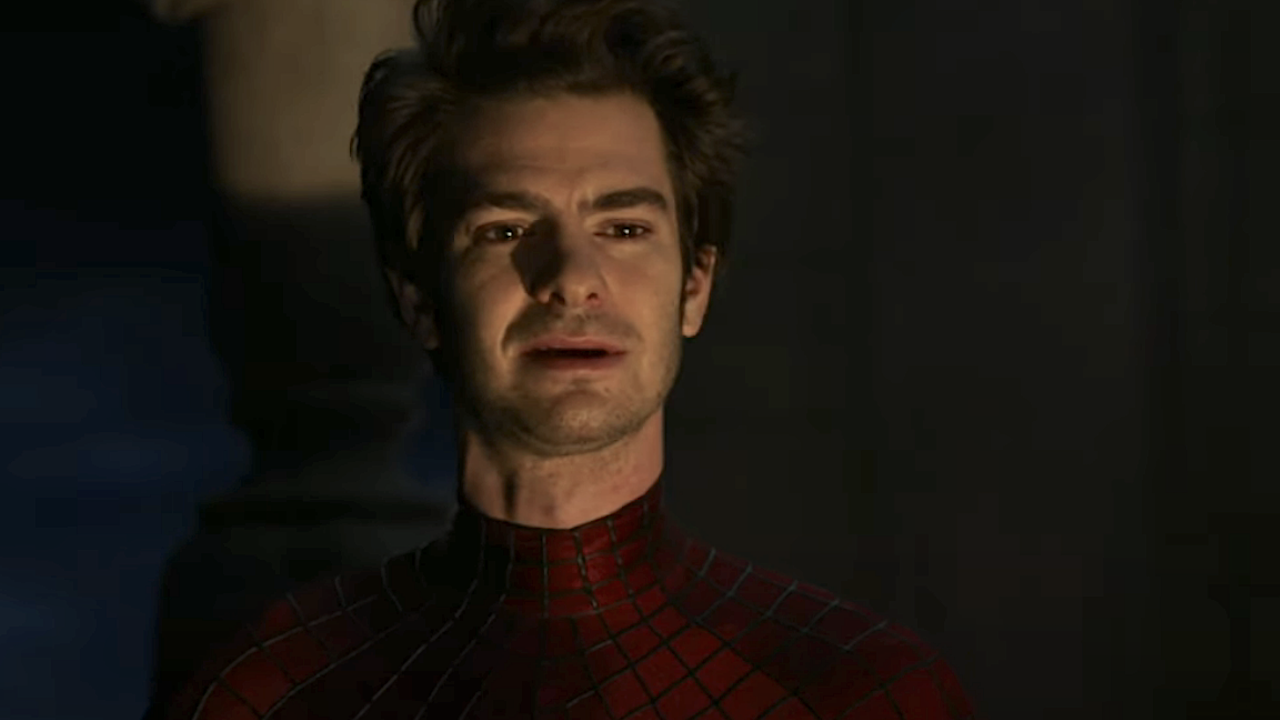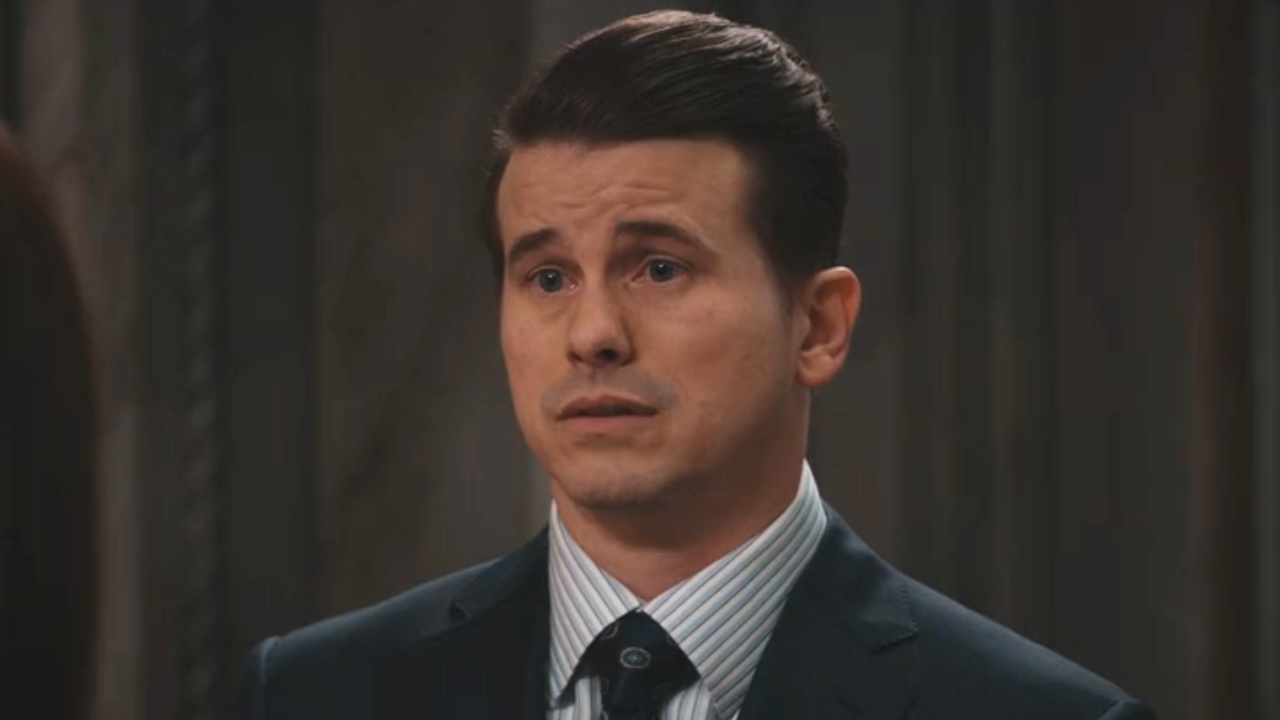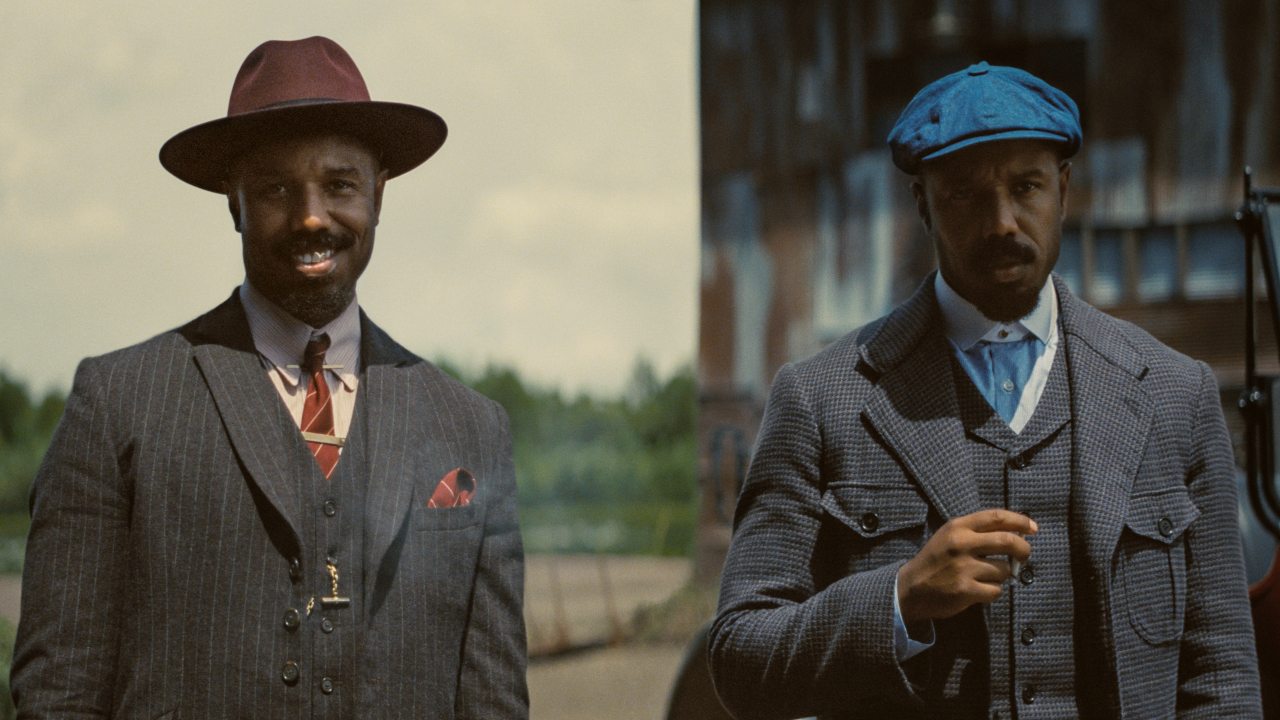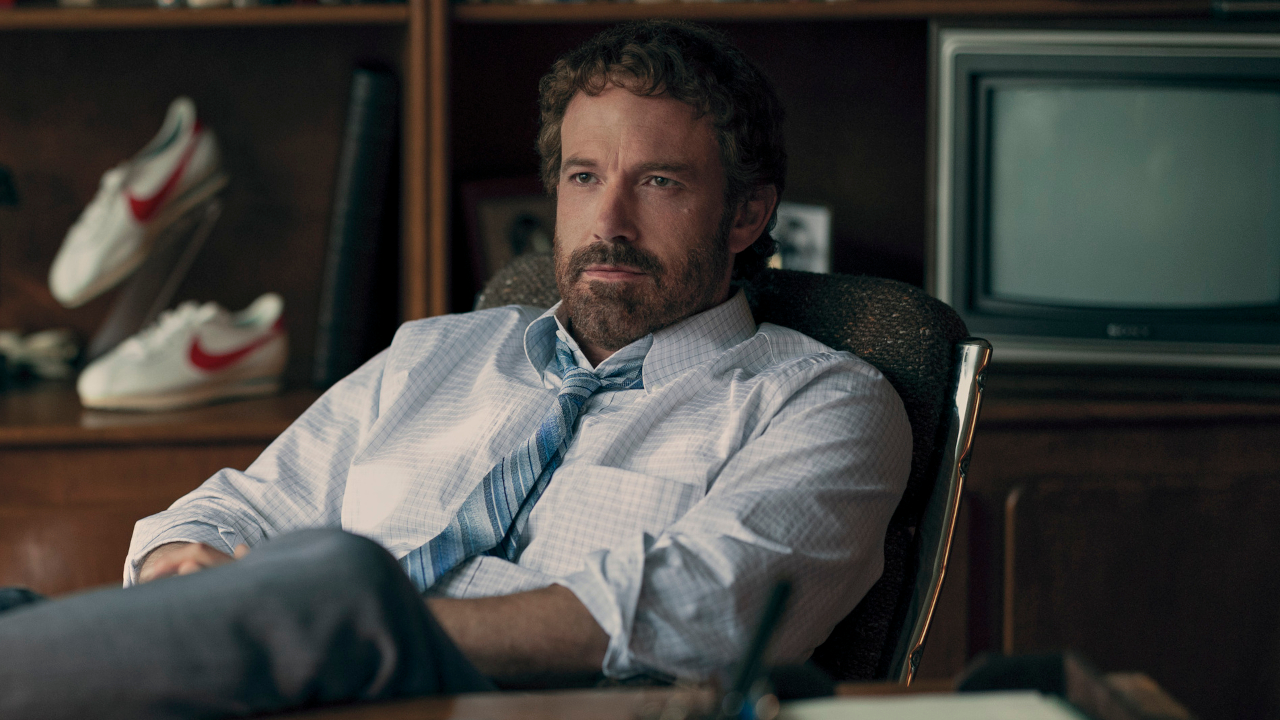Interview: Darren Aronofsky On Music, Scares And Gender In Black Swan
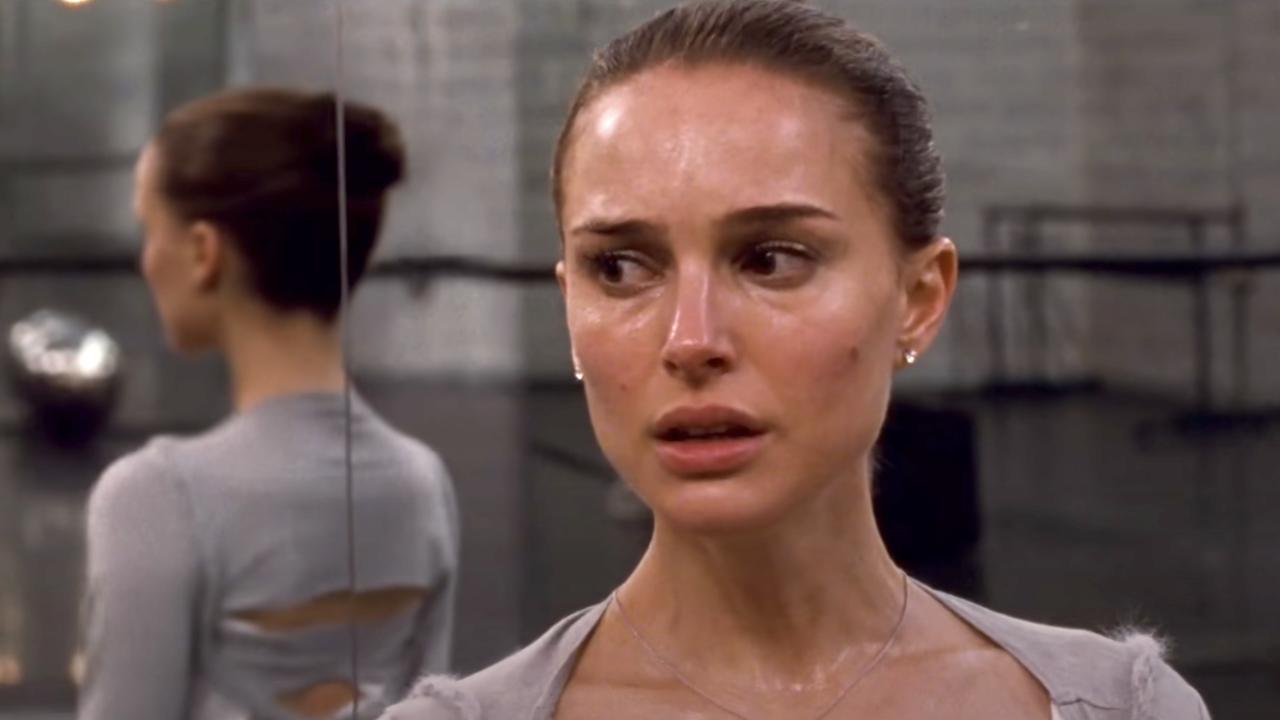
I'll be honest: this interview may be one of the best I've ever done. Having seen Black Swan twice, each time enthralled and thrown back in my chair at the fantastic, meticulous beauty of it all, I was anxious to sit down and talk to Darren Aronofsky about, well, everything. I could have easily pinned him down for three hours to go over the movie shot by shot, or simply pulled a Chris Farley and said, "Remember that shot, where she's on the subway and sees her double in the next car? That was awesome." It didn't hurt that the guy is as laid-back and funny as his films are intense and difficult, and that picking his brain over his own film kind of feels like discussing a movie you loved with a friend-- even during a grueling press tour, answering the same questions on repeat, you can feel Aronofsky's passion and pride in this film.
Black Swan, which made the route through the fall film festivals before its release this weekend, is Aronofsky's fifth film and, like The Wrestler, an exploration of a specific, highly competitive and physically demanding world: professional ballet. Main character Nina Sayers (Natalie Portman, in a transformative and fierce and constantly stunning performance) has worked her entire life to be a star ballerina, and is given the chance to dance the Swan Queen in her company's production of Swan Lake on one condition-- that she also dance the role of the Black Swan, the evil twin of the virginal Swan Queen and the complete opposite of the reserved, repressed Nina. Already high-strung and overwhelmed with pressure, the challenge of dancing the Black Swan-- not to mention the high hopes of her ex-dancer mother (Barbara Hershey) and the somewhat inappropriate encouragement from her instructor (Vincent Cassell)-- drives Nina to the point of madness, or at least a little closer than she already was.
Aronofsky brought a lot of ideas already percolating to Black Swan, from a desire to do an adaptation of Swan Lake to an interest in the ballet world to inspiration from Dostoevsky's The Double, about a man haunted by his own doppelganger. The result is a film dense with meaning and metaphor even before you get into the tricky effects work; even on a $15 million budget (trimmed mercilessly from an original planned $25 million), Aronofsky uses both practical and computer effects to heighten Nina's madness, and scare the hell out of the audience in the process. I talked to him a little about the technical stuff, his working relationship with composer Clint Mansell as they adapted Tchaikovsky's original Swan Lake score, some of the parallels between the film and the ballet, and why he wanted to scare the audience in a totally new way. We also got into some of the gender dynamics in making a film almost entirely about women--a lot of stuff I haven't seen in other interviews, which I think is what helped make it such a great conversation.
Check out the entire interview below. Black Swan opens this Friday in limited release.
How did you do those scenes in the rehearsal rooms with the spinning camera? How did you hide the camera?
We knew from the beginning that if we were making a film set in the ballet world with doppelgangers and doubles, the mirror was going to be a huge character. One because there's mirrors everywhere in a dance studio, and two because the reflection wold be a part of the whole film. We started coming up with ways to reinvent the mirror scares.
You used the word scares?
CINEMABLEND NEWSLETTER
Your Daily Blend of Entertainment News
Yeah. The mirror scare is one of the oldest cheap gags. Trying to figure out ways to be fresh with was a big challenge for me and the team. We spent a lot of time trying to figure out clever ways to scare people in ways they didn't expect. We did that with one-way mirrors. We also digitally erased cameras. There's a really cool shot where Vincent is watching Natalie dance, and the mirror goes by his face, and it should be reflected in the mirror-- the camera is in the shot, it's just digitally pulled out.
There are some where you're hiding the camera too, right?
Not really. Removing a camera is not the hardest thing in the world to do. That was our whole approach for VFX, and kind of always been-- they're supporting the film. I never give over to an animated movie, which is kind of what these big effects movies turn into. The only element might be a photograph of the actor's face, but everything else is constructed in the computer.
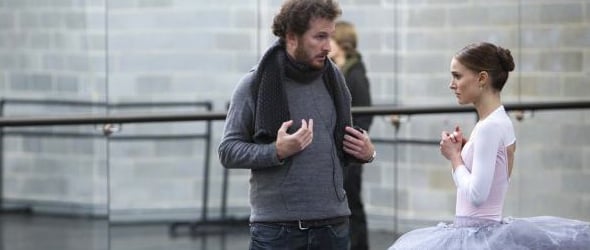
Given that you had initially planned for a bigger budget, is there an $80 million version of Black Swan in your head somewhere?
I don't know about 80, but there's definitely a $25 million version, which we wanted in the beginning and probably would have been a lot better on my heart.
It seems like you suffered the most from the shrinking budget.
It was really tough. It's always good to have a box that the budget creates, because in that you can turn your limitations into your strengths, but this box was a bit too small. Every day was a pain and really tough. It was a real hustle. and it was dangerous. Ballet is incredibly athletic, and thus there's chances of injury, but we were very blessed and lucky to get through it.
Given the Independent Spirit Awards nominations this morning, I was thinking about Clint Mansell's score, which is phenomenal but probably won't be eligible for Oscars because it uses so much Tchaikovsky.
Yeah, yeah. It is-- there's a lot of Tchaikovsky, and it's so recognizable-- but so much of it is Clint. There's a lot of original stuff in it. Clint was inspired by Tchaikovsky, but so were many other composers who won't be named. They've been stealing from him for a long time, and Clint's just being more honest about it. It's a shame, because there's a lot more work put into this than normal scores. You've got to basically pull it apart and reinterpret it for the screen.
How much do you work with him on things like this? You've worked together for so long.
I do somewhat. I'll show up in the dark, dark times, try and be a cheerleader. The famous Requiem piece, that you hear in everything, was actually-- Clint in pre-production wrote some ideas down. He made a CD of a few ideas he had that he did on his midi, and then he was stuck at a certain point. He couldn't figure out what to write for the film. We listened to the CD together, and there was this little snippet that's that famous piece-- it was in the middle of a song. I said, "This could be good! Let's try this over the opening scene." We synched them up together, and we played it, and that kind of triggered him. He does it all, but we've been working together so long-- and I don't know much about music, but I can just sort of feel it when it works right.
Do you feel like you now know more?
Definitely. I definitely know the Tchaikovsky score, I listened to it nonstop for a year and a half. It's interesting, if you had laid the Tchaikovsky over the film it would never have worked. It's been used in Bugs Bunny and Volkswagen commercials, it's been in the public domain for years. How to turn that stuff into something scary that works in a movie, that was the challenge.
You do it by breaking it up.
Breaking it up, and looping certain things, and creating certain themes. Classical scores go up and down, they're kind of hysterical in a way. And movie scores are much more-- they just drive and move forward, and they build and can't go up and down at that same speed. It's a big job to turn that into something that pushes the movie along.
At the press conference in LA someone brought up The Wrestler being very masculine and this being about women, and you kind of played off the gender differences. But there are so many things in this movie that are specific to women, the way the ballerinas have their rivalries, the mother-daughter relationship, the sexuality of the way Vincent Cassel deals with his dancers. It's all so specific, and I wonder where you got that from.
I don't know. I think it comes from a lot of places. I grew up in a family with two very strong women, my mother and my older sister, and they were big influences on my life. I've spent a life loving women, and studying them as much as I can, or am allowed to. But I don't think this whole Mars-Venus thing is as divisive as they put it out. I think we're all people, and the magic of cinema is that you can see a movie about a six-year-old girl in Iran and completely connect. Her experience is different from my experience and anyone in New York City's experience in incredibly complicated ways, but you can understand her. So to me, if you paint a human character with real emotions and really empathize with them, it doesn't matter if its a 50-something aging wrestler, or 20-something ambitious dancer, they're just people.
But that's the end result. When you put it together you have to think about those gender differences.
A lot of the characters are based on people in my life. The mother-daughter relationship is based on friends that I've experience, and rivalry is something I can get, and I've known characters like Natalie' character, and I've known characters like Mila's character. you just try to make them truthful. The real credit comes from the actors, who have to take these words and ideas and make them real. And they were played by women. Barbara Hershey took something that could very easily be a cliche, and brought great ambiguity and complexity to everything she did, so that audiences can really read into it and feel it in different ways.
The way she appears on the screen, she pops out of nowhere like this witchy figure. You're almost pushing that cliche and getting her to bring it back.
Yeah, yeah. Her and Vincent are kind of Natalie's jailers, they're kind of like the Rothbart character in the ballet. We saw them as different figures of Rothbart. That was always a part of it.
Talking about the parallels to the ballet, the prince in this version of the story is Vincent Cassel's character, but he's not really a worthy prince at all. He calls the women girls, he dominates them, and you've set him up as this figure of dominating masculinity in a movie that's otherwise all about women. Is that a comment on the role of gender dynamics in the ballet world?
Natalie connects it to any kind of male-dominated system. Sure, you can read into that, and think about it that way. She feels the film is a real feminist movie.
And there's been rumors of people thinking it's a misogynist movie--
It's not.
Oh I know. That kind of interpretation drives me crazy.
It's a very easy way to go with it. And there are certain cliches, but as Hubert Selby Jr. used to say to me, "It's called a cliche because it's often true." But it's not just that. The Vincent character was a really hard obstruction for Mark [Heyman], the writer, because it's very easy to make him one thing. But what he did, and what Vincent ran with, is he kind of is an artist. Even though he's this manipulative pig, it's all about the art. There's a nice balance and complexity. That whole scene with Natalie when he tells her to go touch herself, it's really not that out of line. It's very aggressive, but he's just trying to get on with it.
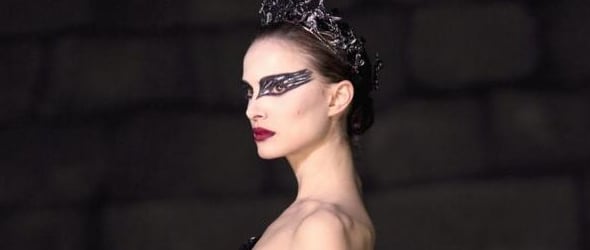
There's a lot of body horror stuff here, and it gets people to freak out the most. It's something we've seen in your work for a long time. Do you see that as a continuous theme in your work?
This was so clearly a place for body horror, as you say. There was a dancer, Julie Kent from ABT [American Ballet Theater], who was going through all the different Swan Queen dances for me. I always thought that [the lead character in Swan Lake] was a swan during the day and a woman at night, but then I realized that when she's a woman at night, when she meets Siegfried, she's swan-like. And I said, well what is she at night, and she said, 'Well, she's kind of half-swan and half-human.' So immediately I got the idea of a werewolf movie, a were-swan movie. That was exciting, because suddenly there was a whole body metamorphosis that goes along with her sexuality maturity and becoming an artist, it all kind of started to blend together. And because of the physicality, and it's about a performer that's all about the physical, there was just no way to escape it, especially where the physical creates incredible damage and pain to their bodies.
Is the horror stuff that Nina imagines, like peeling the skin off her finger, just a logical extension of the harsh ballet stuff, the cutting the toe shoes, the stuff that really happens?
All the ballet stuff, the preparation of the shoes and the clothes and the equipment, was really connected to this also, because it's about taking something perfect and shaping it into something unnatural.
A friend of mine wondered if Nina is losing it from the very first frame, and if we never know her as normal.
What do you think?
I kind of think she's always been that way, the girl sublimating herself into other people.
There's a backstory to this, and the mom talks about it. There's a story, and I think she's been trapped. Swan Lake starts and she's already a trapped princess. In the ABT version they show the trapping, and we show it in the opening scene as well. That was the idea, the moment where she gets trapped. She's trapped from the beginning. I think the only time she's normal is right at the beginning of the film when she's dancing before the demon shows up. That very first shot, she's clear.
Staff Writer at CinemaBlend

